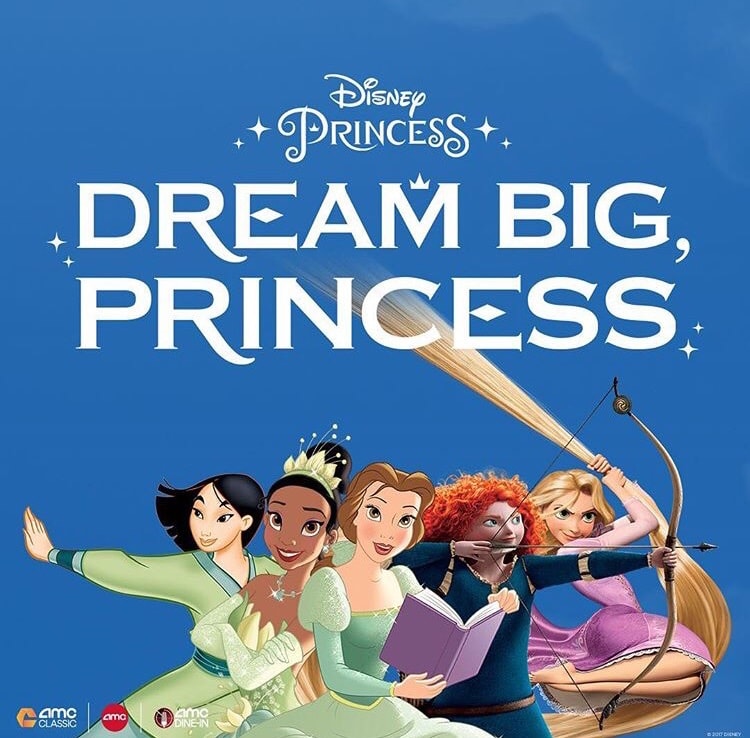The Deceptive Charm of Disney Princesses
Eyes glued to the television, the young girl gazes longingly at Cinderella dancing gracefully across the screen. As Prince Charming sweeps Cinderella off her feet, the girl sighs wistfully, hoping that she, too, can experience that same feeling some day. She begins to drift into a daydream, imagining how spectacular her future could be if only she could have the elegant life of this fictitious princess. She pictures a life filled with glamour and glitz—full of ball gowns, glass slippers, and dashing princes.
Little does the young girl know, imagining this kind of life for herself could be dangerous. It encourages a stereotype that women should look pretty and fall in love in order to live a fulfilling life. While looks and love may lead to a bright future, Disney princesses not only set unrealistic expectations for young girls but also provide negative role models to the girls who look up to them as feminist heroines.
Growing up, I always enjoyed Disney films but never obsessed over them the way some of my peers did. I rarely dressed up as a princess for Halloween, much less looked up to them as role models. This was not the norm, however.
In fact, a study by Brigham Young University found that 96% of girls were at least familiar with Disney media in some way, and 61% of those girls played with princess toys each week. The study connected negative body image with princesses by finding that girls who had poor self esteem began to play with princess toys more frequently as time went on.
Therefore, the unrealistically slim figures of most Disney princesses slowly infiltrate girls’ lives, making them think that they, too, need to look as perfect as their favorite Disney heroines.
My friends and I would frequently play dress up. We would go through piles of dresses and put on the most absurd makeup to look just like our favorite princesses. Looking back now, I realize that this was unconsciously affecting our standards of beauty by making us think that we needed fancy clothes and makeup in order to be beautiful.
Not only do Disney princesses affect young girls’ body images and beauty standards, but they also lead girls to fit into the gender stereotypes they portray. Many Disney princesses, especially the older ones, act according to the gender norms of their time. Cinderella feels that she is worthless until she gets dressed up and goes to a ball, Snow White spends her days doing household chores, and Belle is constantly looked down upon and discouraged from reading. Seeing these gender stereotypes acted out by their role models may cause girls to act in the same way.
This can have damaging effects on girls’ futures as it may lead to them to think that all they are capable of is domestic work, which could cause them to be less confident in their math and science skills.
Princesses also depend on a knight in shining armor to save the day. From early movies like Cinderella and Sleeping Beauty to newer ones such as Tangled, there is almost always a prince for each Disney princess. Dependence on these men and their heroic actions can impede the bravery of the princesses. Young girls may think they need their own prince in order to accomplish their goals, making them less independent.
Fortunately, newer Disney princesses break gender stereotypes. Merida and Moana are brave and adventurous without the help of a prince. Tiana works tirelessly in order to achieve her lifelong goals. Mulan goes against the stereotypes of her culture to help her family. Princesses like these provide young girls not only fun movies to watch but also positive role models in their lives.
Through these princesses, Disney is inspiring a new generation. They tell girls that nobody can get in the way of achieving their dreams and teach them how to be strong and independent. Now more than ever, Disney is providing positive female role models who teach girls that anything is possible if they #dreambigprincess.

